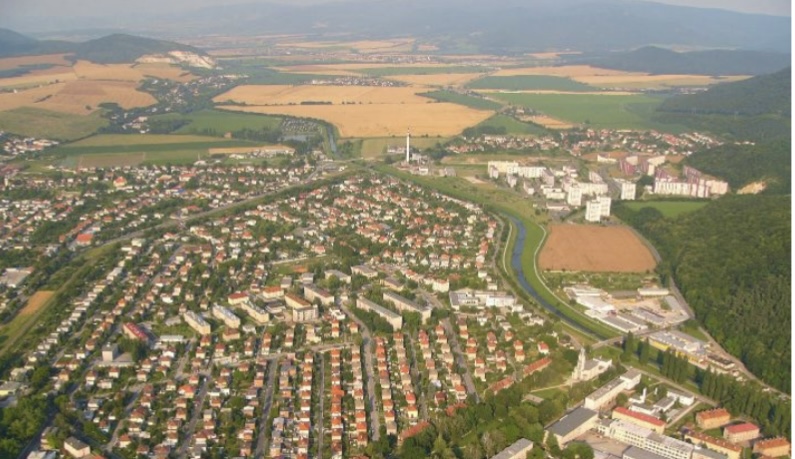
Ireoluwa Adebayo
As cities continue to grow at an unprecedented rate, the need for innovative and sustainable urban planning has never been more critical. Traditional approaches to urban development have often prioritized short-term economic gains over long-term livability and environmental sustainability. It is time to rethink how we design and build our cities to create spaces that are not only efficient but also equitable and resilient.
One of the primary issues with current urban planning practices is the over-reliance on cars. Cities designed around automobiles contribute to pollution, traffic congestion, and the loss of public spaces. By prioritizing public transportation, cycling, and walking, we can reduce our carbon footprint, improve air quality, and enhance the overall quality of life for residents. Investing in comprehensive public transit systems and creating pedestrian-friendly infrastructure can lead to healthier, more vibrant communities.
Moreover, urban planning must address the growing need for affordable housing. Many cities are grappling with housing crises, where skyrocketing rents and property prices are pushing people out of their homes and creating stark economic divides. Policies that encourage the development of affordable housing, mixed-use neighborhoods, and inclusionary zoning can help bridge this gap. Ensuring that all residents have access to safe and affordable housing is fundamental to fostering inclusive and diverse communities.
Green spaces are another crucial aspect of sustainable urban planning. Parks, community gardens, and green roofs not only provide aesthetic and recreational benefits but also play a vital role in mitigating the urban heat island effect, reducing stormwater runoff, and improving mental health. Integrating green spaces into urban designs should be a priority to create healthier, more resilient cities.
